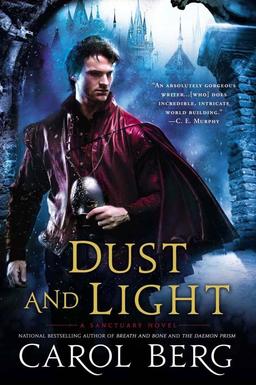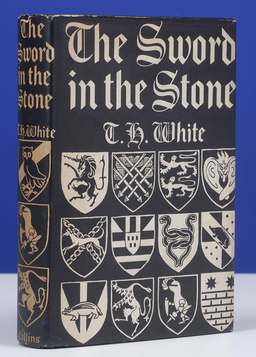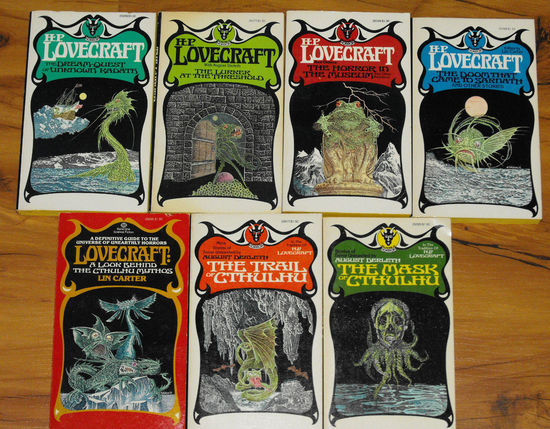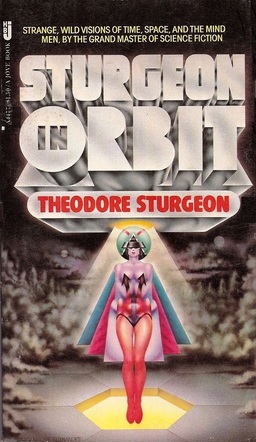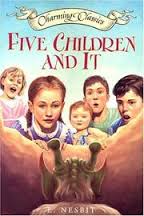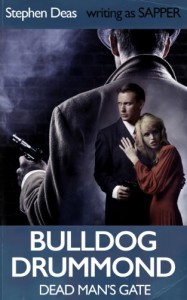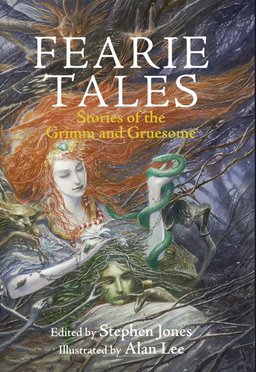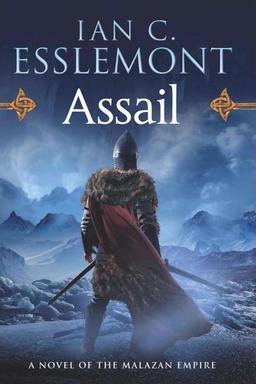The Public Life of Sherlock Holmes: The Mystery Holmes
 I mentioned in my post on silent film Sherlock Eille Norwood that all of his films are preserved on safety stock at the British Film Institute (BFI). I’m sure that some of my British Holmesian friends have viewed a few of these. I have a couple of terrible quality episodes on VHS.
I mentioned in my post on silent film Sherlock Eille Norwood that all of his films are preserved on safety stock at the British Film Institute (BFI). I’m sure that some of my British Holmesian friends have viewed a few of these. I have a couple of terrible quality episodes on VHS.
Unfortunately, there are no known surviving copies of several Holmes films and television episodes. This includes Arthur Wontner’s The Missing Rembrandt from 1932 and episodes of the sixties BBC tv series starring both Douglas Wilmer and Peter Cushing.
Number nine on the BFI’s ’75 Most Wanted List’ of missing films is A Study in Scarlet, from 1914.
Last week, the BFI started an international hunt for this missing piece of Sherlock history with an essay titled, “Who Can Solve the Mystery of the Missing Sherlock Holmes Film?”
Peter Haining’s The Sherlock Holmes Scrapbook reprints a story from the June 12, 1965 Evening Mail with the title, “The Case of the Unknown Sherlock.” It was accompanied by this picture.
